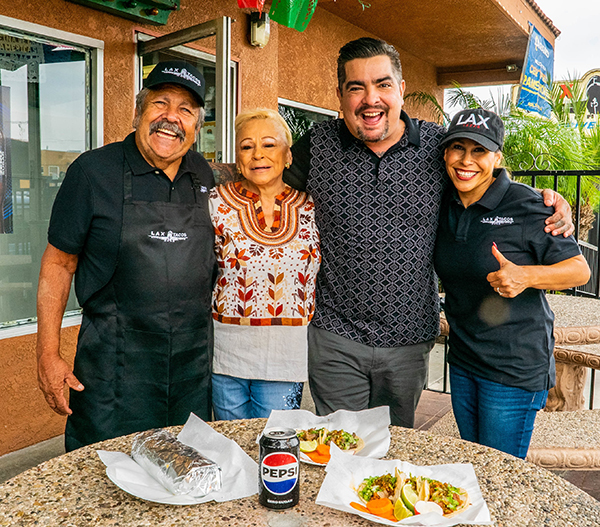By John Grace
Contributing Columnist
Let’s begin with a perspective with which we can all agree: No matter where you are trying to go, there is more than one way to get there.
You get to decide what might work for you. I firmly believe that success leaves clues, so learning from some of the best and the brightest is advisable, which can help the rest of us figure out how to safely get from points A to B on time.
Many investors choose a single horse to ride on their road to riches. While some get high on houses, others prefer tech stocks. No matter which proverbial horse you might like to ride, let me suggest that you study and prepare for worst-case scenarios, along with diversifying unlike you have ever diversified.
The Lahaina wildfires that reduced more than 2,000 homes and buildings to ashes left one home standing by itself. The 100-year-old red-roofed home offers a vital lesson in disaster safety of all types.
While the homeowners were shocked to find it still standing, they hadn’t tried to fireproof their home. The Millikins made a few choices that kept their house standing, said Pat Durland, a former wildland fire manager, current wildfire-mitigation consultant, and board member at the nonprofit Hawaii Wildfire Management Organization.
The house “didn’t meet the requirements for ignition,” Durland said. “It’s not a miracle or luck.” It wasn’t prayer or hope, either.
Homeowners can follow the wisdom of keeping a perimeter of at least five feet around the house completely free of dry or flammable vegetation or mulch, keeping the gutters and roof clear, doing away with all things explosive beneath decks and porches and putting in place inflammable mesh screening on the vents to the attic or crawl space.
After buying the 100% wood house in 2021, the owners replaced the asphalt roof with a metal one.
“People believe that they’re helpless,” Durland said to Insider, but they’re not, he insisted. The same fire that is attracted to asphalt ignores a commercial-grade steel roof.
Investors can learn how to avoid being victims as well. According to Google Books, Grant Cardone is a well-known entrepreneur who owns seven privately held companies, including Cardone Capital, a multifamily portfolio of assets worth over $4 billion.
Instead of putting money in a 401(k), IRA, or both, Cardone asserts you need “cash flow that’s dependable” by investing “in an income-producing property that would pay 6% a year, where I know I can’t lose my money, so I’ve got to be in a strong market where I can’t lose my capital.”
Please notice Cardone’s assumption that someone can’t lose capital. Stay tuned.
Warren Buffett, the sixth richest person globally, is well known for his simple and frugal lifestyle. In 1958, Buffett, dubbed the Oracle of Omaha, purchased one home in Omaha for $31,500 now valued at about $1.44 million, per Realtor.com. Many people are surprised that one house is the only real estate in Buffett’s portfolio.
In his 2010 letter to Berkshire Hathaway shareholders, Buffett acknowledged that homeownership is a sensible choice; he also made the point that he would have made far more money if he had chosen to rent and use the difference to buy stocks.
As noted by Yahoo Finance, Buffett warned that home buying could become a nightmare when buyers overspend, stretching beyond their means. Just as debt is an asset in a rising price environment, it becomes a liability in declining markets, leading to financial difficulties that may include foreclosure.
Whether your investment selection is stocks, bonds or real estate, putting your exit strategy in place always makes sense. As I have shared, no matter where we live, we all drink the same water, breathe the same air, and fly the same airplanes.
Sometimes what is inconceivable becomes our immediate reality. One of the most startling examples is Japan, a country we agreed would become the master of the universe. For those who declare “the market (stocks or real estate) always come back,” the best I can tell is that neither the Japanese stock market nor home prices in Japan have returned to their highs in 1989 and 1990, respectively. Try and imagine neither of your primary holdings has gotten back to even in over 30 years.
Before buying popcorn at the theatre, check out the location of the emergency exits you hope you will not need. With all of the uncertainty, now is the time to anticipate the good, the bad and the unforeseen.
Adequate preparation is priceless. Don’t be scared. Be prepared.
John Grace is a registered representative with LPL Financial. His On the Money column runs monthly in The Wave. The opinions expressed here for general information only and are not intended to provide specific advice or recommendations for any individual.
LIFTOUT
Whether your investment selection is stocks, bonds or real estate, putting your exit strategy in place always makes sense.










